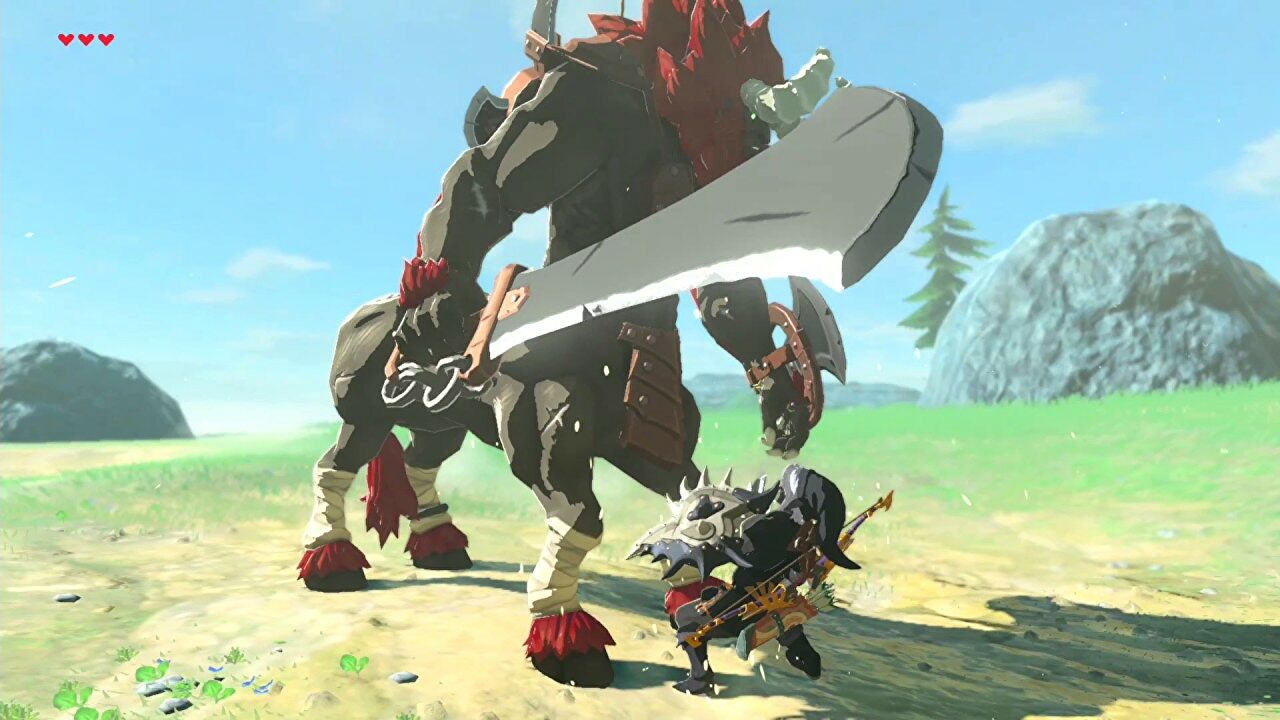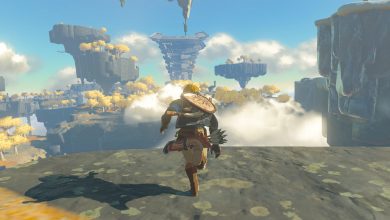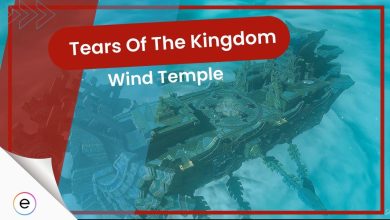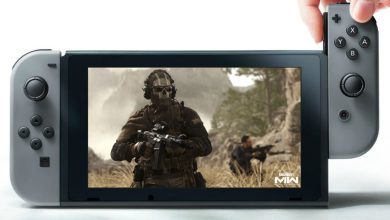Story Highlights
- The Legend of Zelda: Breath of The Wild is one of the most universally acclaimed games of all time.
- Its sequel, Tears of the Kingdom, is set to launch on May 12 exclusively on the Nintendo Switch.
- There are certain things in particular that Tears of The Kingdom can improve from the original Breath of The Wild—an improved combat system, more stand-out dungeon design, as well as a more memorable open-world soundtrack.
Tears of the Kingdom got its very first proper gameplay showcase yesterday, showcasing various of the many new abilities added to the game. From what has been shown, Nintendo is ramping up the creativity and sandbox to a brand new extreme, further than the original Breath of The Wild ever did. However, it does lead us to wonder if Nintendo will iron out the shortcomings of the original game while also amplifying its best aspect.
While Breath of the Wild is in itself a marvelous game deserving of all its praise, I felt the game was lacking in certain areas where it could’ve possibly used some more work. There are three things in particular that I feel Nintendo should get right for Tears of the Kingdom to be the truly special sequel to Breath of the Wild that fans deserve.
1. The Combat

The combat is, in my opinion, one of the weaker aspects of the original game. When put against contemporaries such as Elden Ring and even Genshin Impact, Breath of the Wild’s combat felt comparatively lackluster. It’s a system that has a lot of flexibility but lacks particularly involved mechanics and engaging feedback of the aforementioned titles.
What further compounds this issue is the game’s damage scaling. It doesn’t feel good to be in a mid or end-game area only to get one or two-shotted by nearly every enemy. On top of that, enemies have a substantial amount of HP to the extent that even with a relatively good set of weapons, you’ll spend the next 7-8 minutes wailing on a tough enemy and breaking most of your arsenal before you take it down.
Another problem was the lack of more unique boss fights and powerful enemies. The Lynels and Guardians are great and fun to fight, but Breath of The Wild’s roster of enemies started to feel somewhat lacking, with the main enemies largely being the Bokoblins and the Lizalfos.
From what we have seen from Tears of the Kingdom, it seems the game is further expanding the flexibility of the game’s combat system. While more options are fantastic, what it also needs to do is a proper rebalancing of the damage scaling, as well as introduce brand new enemies to the mix. A fantastic way to do the latter would be to borrow the ideas from previous Zelda games, leading to my next point.
2. More Unique-Themed Dungeons
One of the most criticized parts of Breath of the Wild was its lack of primary story-focused dungeons. While the game had major dungeons, all of them shared a very similar visual aesthetic with minimal combat. With Tears of The Kingdom, Nintendo could introduce more visually interesting dungeons with their own distinct visual theme and enemy encounters.
The problem in the original game stemmed from the fact that you could reasonably do any of the game’s main story dungeons in any order. This is why the dungeons had to be designed around this flexibility resulting in them ending up so similar. Instead, most of the unique puzzles and scenarios in Breath of the Wild were relegated to the game’s many shrines, which basically served as optional mini-dungeons.
And while the shrines are great, fantastic even, in a series that has consistently delivered phenomenal dungeons with unique and charming atmospheres, it was a shock to see such major plot dungeons that largely looked extremely similar to each other.
Tears of the Kingdom, with its new and unique additions, is rife with potential for some absolutely phenomenal and mind-bending dungeon designs. This time maybe the game could use a few dozen fewer shrines in favor of more involved and mechanically dense shrines as well as a higher number of stand-out primary dungeons that would be part of the main story.
3. The Music
Okay, hear me out on this one. The music in Breath of the Wild, when it is there, is great. Tracks like Guardian Battle pump me up and fill me with dread and anxiety at the same time, and the track that plays when you encounter a dragon is just mesmerizing in the best of ways. Not to mention some of the tracks that play in the game’s many unique villages make me feel comfy in the best possible way.

However, one thing that Tears of the Kingdom could borrow from something like Death Stranding is more tracks to listen to while out and about in the open world. With a much stronger focus on exploration, I would personally really like to hear more than the same handful of jingles when I’m out and about in the open world.
One strength of the game’s more mellow, subdued music, however, was that it highlighted Nintendo’s masterfulness at creating the ambiance of Hyrule. The chirping of birds, the swaying of the grass and trees, and the warm wind blowing past Link’s hair all convey a very comforting, homely feeling. I love it, but I also feel having a few more involved tracks wouldn’t harm the game’s ambiance at all.
Conclusion
Breath of the Wild itself felt like a build-up to something much greater than itself. A prelude to a game that would truly recognize and emphasize all of its strengths whilst simultaneously ironing out all of its shortcomings. Tears of the Kingdom so far feels like it could be that very game.
Whether Nintendo follows up on even half of these or not, I think Tears of the Kingdom is going to be an extremely memorable title that might eke out a legacy as everlasting as the original Breath of the Wild. It’s a gargantuan task, but if there is anyone who can accomplish it, it’s the people who made The Legend of Zelda: Breath of the Wild.
Thanks! Do share your feedback with us. ⚡
How can we make this post better? Your help would be appreciated. ✍



